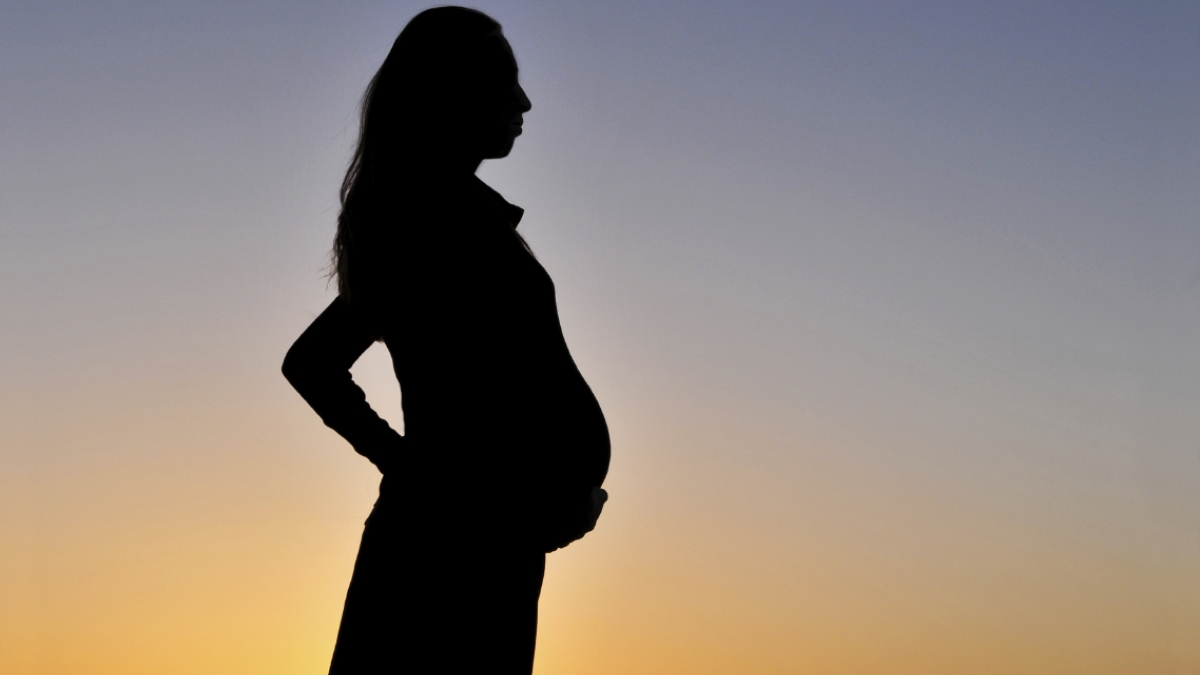Pregnant women in Brooklyn have highest levels of certain preservatives used in cosmetics

Researchers at the State University of New York-Downstate Medical Center and Arizona State University have published the first study of levels of parabens — antibacterial substances commonly used as preservatives in cosmetics and other products — in human cord-blood samples.
The researchers found that a cohort of pregnant women in Brooklyn predominantly of Caribbean- and African-American descent had the highest level worldwide of methyl paraben and propyl paraben.
The results were published online in the journal Environment International, in an article titled, "Maternal and fetal exposure to parabens in a multiethnic urban U.S. population."
The article notes that parabens have been used for decades and, at recommended levels, are "generally recognized as safe" by the U.S. Food and Drug Administration and the European Union.
However, parabens have the potential to disrupt the expression of hormones during influential times of development, possibly affecting fetal, child and even adult health.
The authors point out that recent studies have raised awareness for potential health effects, particularly during fetal development and in children younger than six to 12 months of age, a period when detoxification systems are still immature, "and thus leaving the exposed more vulnerable," notes senior author Rolf Halden, PhD, professor and director of the Biodesign Center for Environmental Security at Arizona State University.
Article co-author Laura A. Geer, PhD, MHS, associate professor in the Department of Environmental and Occupational Health Sciences in the School of Public Health at SUNY Downstate, said, "What we know from the study is that parabens are being transferred from pregnant women to their fetuses. This is problematic because parabens have demonstrated endocrine-disrupting potential in animal studies, leading to developmental and reproductive disorders. It is too early to know if these same effects can occur in humans, and if so, at what levels of exposure."
"I would not characterize these findings as alarming, but rather of concern, since we do not have relevant regulatory limits for these substances,” Geer said. “The European Union countries set limits by volume per product, a good starting point. Limiting exposure to these substances is complicated because of their ubiquity in personal care and consumer products. Higher exposure levels in more vulnerable populations, such as in our study, gives further justification for us to answer the questions of what higher levels mean for health."
In a follow-up study, the authors are examining possible impacts on birth outcomes; results are forthcoming.
More University news

ASU celebrates Paul C. Helmick Center renaming
When Mary Jo Helmick cut the ribbon at the front doors of the Paul C. Helmick Center at Arizona State University, more than 100…

Pathways to success: Celebrating ASU transfer graduates this fall
At Arizona State University, students from all corners of the country find their pathways to success through innovative…

ASU Online student will launch a career in law enforcement
Editor’s note: This story is part of a series of profiles of notable fall 2024 graduates.Matthew Meisel entered the corporate…